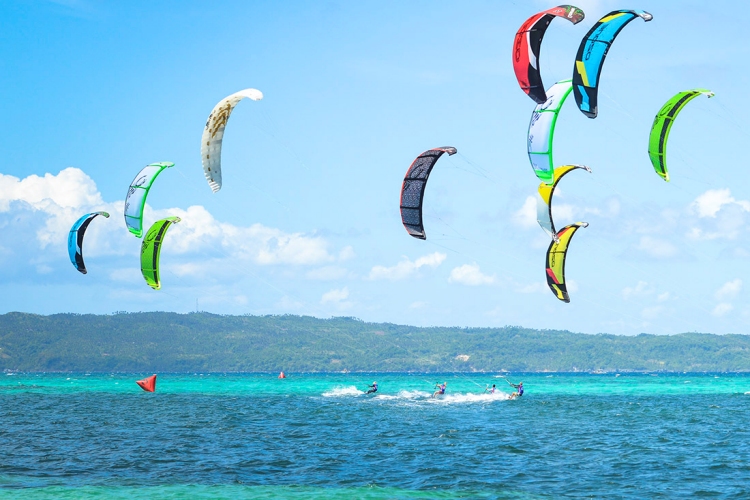When it comes to preventing collisions at sea, kiteboarders are considered in the same category as sailing boats. Learn how to protect yourself and others against dangerous clashes.
In 1972, the International Regulations for Preventing Collisions at Sea (COLREGs) defined the rules and guidelines for all sailing crafts.
The oceans and seas are full of vessels, yachts, fishing boats, and cargo ships, so there should be signals and regulations for all.
That is why COLREGs - or collision regulations - were born. Colregs define priorities between sailboats, between sailboats and powerboats, and between powerboats.
Powerboats, as a general rule, must give way to sailboats. Kites and kiteboards are considered sailboats.
Issues like steering, visibility, motor power, size, speed, and maneuverability are taken into consideration every time two crafts approach one another.
Since 1972, several amendments have been proposed and approved.
Kiteboarding offers many clear dangers and hidden risks. Knowing them means avoiding them.
One of the first things kiteboarders should know is that riders in the water, holding a kite at 12 o'clock, swimming to a lost board, or re-launching a kite from the water always have the right of way.
Kiteboarding Right of Way
Now, let's learn the official right of way in kiteboarding:
- Motor-powered boats must give way to kiteboarders;
- The kiteboarder on port tack must give way to the kiteboarder on starboard tack;
- The upwind kiteboarder must give way to the downwind kiteboarder;
- When two kiteboarders are sailing on the same side at different speeds, the faster rider must give way to the slowest athlete;
- A kiteboarder in trouble or with an incoming obstacle has the right of way over another rider;
- Keep away from races and training courses, as well as dedicated bathing areas and harbors;
- Kiteboarders must keep away from sailing races, sailing instruction, bathing areas, and harbors;
- When two kiteboarders prepare to cross one another, the upwind rider keeps his kite high, and the downwind rider keeps his kite low. The rule applies to both riders, whether they're sailing on the same side or the opposite side;
- Kiteboarders always lose the right of way if they change sides, jump, perform a loop, or pull air tricks. Riders should never jump when upwind of another kiteboarder;
- In sailing intersections (for example, beach/water), the kiteboarder who is launching must give way to the incoming rider in the water;
- Kiteboarders are not allowed to jump, loop the kite, and ride waves in the intersections (beach/water);
- Kiteboarders must carefully launch and land their kite while avoiding keeping the kite flying on the beach longer than necessary;
- Kiteboarders riding waves have the right of way, independently of the side they're on. If more riders are surfing the same wave, the kiteboarder closer to the breaking part of the wave has the right of way;
Learn the basic kiteboarding rules and safety sailing procedures.
